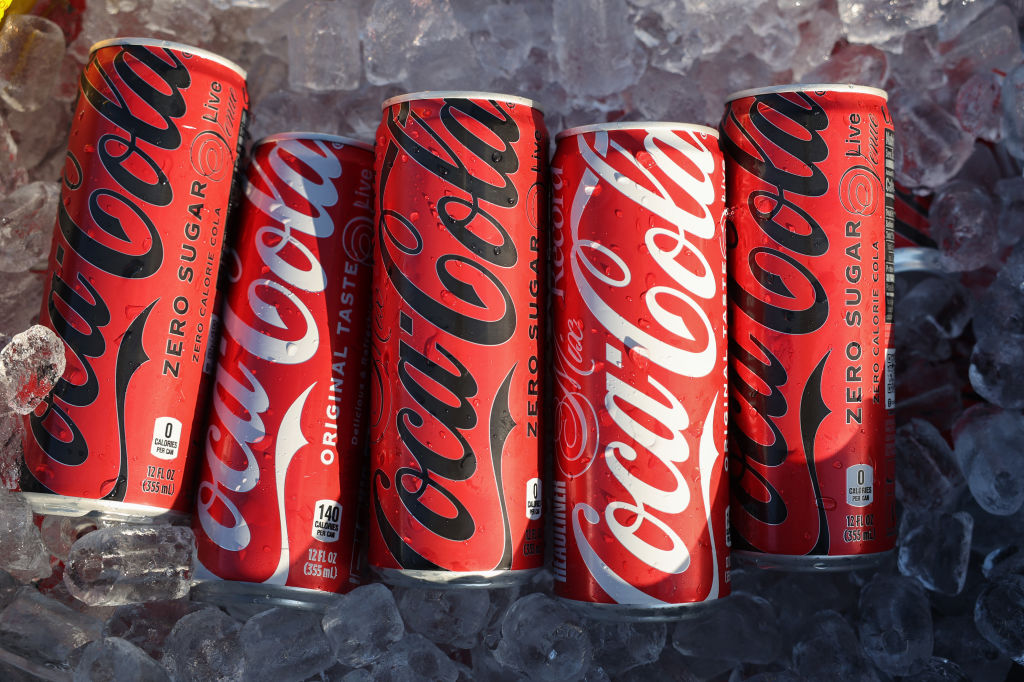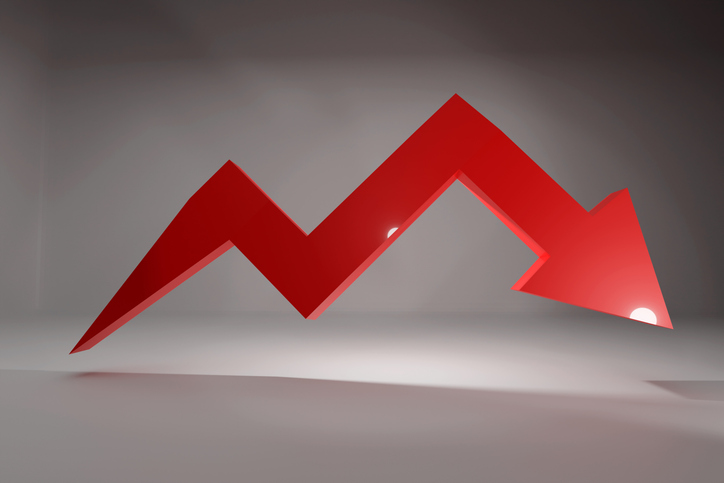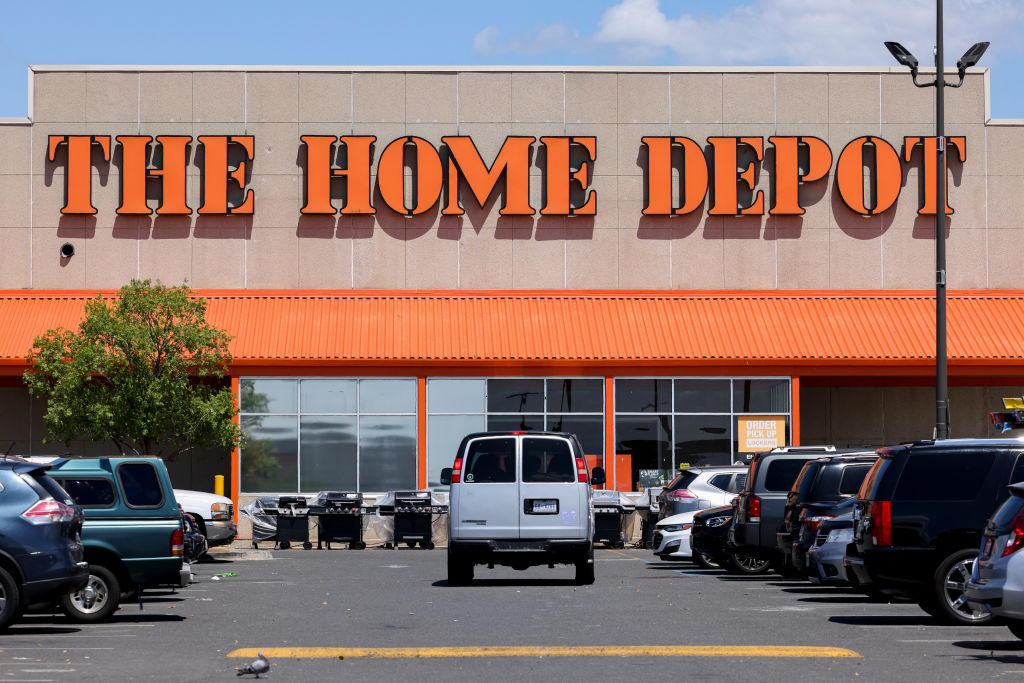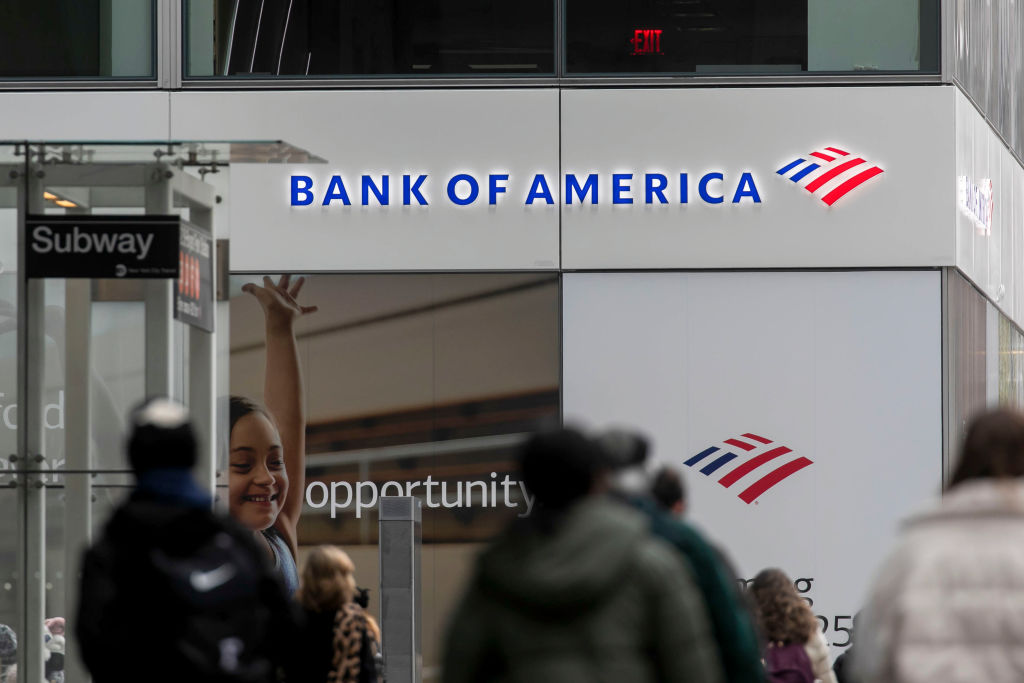Finding Safe Dividend Stocks
Not all stocks that pay out dividends are created equal. Here's how to evaluate them for growth and reliability.

Hunting for yield but fearful of getting burned? Here are four key questions that will help you "stress-test" a prospective dividend payer.
1) What is the stock's current yield? To get that figure, divide the current annualized dividend by the stock price. Typically, the higher the yield, the greater the likelihood that a company won’t raise its dividend much or, worse, could cut or eliminate it. You can compare a stock’s yield with that of the overall market; the average yield of the companies in Standard & Poor’s 500-stock index is 2%. But a better approach is to compare it with yields of other stocks in the same industry or sector.
When should you worry that the current yield is signaling high risk of a dividend cut? "If a stock's yield is three percentage points or more above its peer group, that's a warning sign," said Charles Carlson, editor of the DRIP Investor, a newsletter geared toward dividend investors. "It's the old rule: 'If it seems too good to be true, it probably is,' " he says. So be wary of chasing the highest yields.
From just $107.88 $24.99 for Kiplinger Personal Finance
Become a smarter, better informed investor. Subscribe from just $107.88 $24.99, plus get up to 4 Special Issues

Sign up for Kiplinger’s Free Newsletters
Profit and prosper with the best of expert advice on investing, taxes, retirement, personal finance and more - straight to your e-mail.
Profit and prosper with the best of expert advice - straight to your e-mail.
2) What is the stock's dividend payout ratio? This ratio is calculated by dividing the annualized dividend rate by a company's annual earnings per share. In general, the lower the payout ratio, the more room a company has to raise its dividend.
What's a normal payout ratio? That depends on the industry. Slow-growing electric utilities, for example, typically pay out the majority of earnings as dividends. Companies in fast-growing industries have lower payout ratios — say, 25% — because they are reinvesting heavily in the business. You can easily see a stock's payout ratio and its history on the free portion of Morningstar's Web site. Punch in the stock’s symbol, then click on "key ratios."
Also look at "free cash flow" per share. Free cash flow measures the cash a company generates beyond what it needs to maintain its basic business. So declining or stagnant free cash flow may limit a company's ability to boost dividends.
3) What is the recent history of dividend changes? Plenty of companies pay lip service to being generous with dividends. But actions speak louder than words. Look at the past few years of a company's dividend payments (most firms list this on their investor-relations Web page). Has the pace of increase been rising or slowing?
Carlson advises long-term investors to choose accelerating growth over high current yield, for the inflation protection a rising dividend provides. "I'd take the 2% yielder versus the 3% yielder if you're going to get more growth in the dividend with the 2% yielder," he says.
4) Are new threats emerging that could dim a company's profit and dividend growth? The 2008 financial crash was a "black swan" – a development that few people foresaw. But many threats to companies' fortunes develop more gradually.
A major debate today is over the minimum wage and whether it should be raised significantly. That could help narrow the income-inequality gap in America — but it also could slam companies such as Wal-Mart Stores (WMT), McDonald's (MCD) and other dividend-stock favorites. As a result, profits at many consumer-oriented companies could come under pressure, says Kelley Wright, managing editor of the newsletter Investment Quality Trends, which evaluates dividend stocks, and that could force them to slow the pace of dividend increases and perhaps even cut their payouts down the road.
With any stock, Wright says, watch for three warning signs of dividend trouble: marked deceleration in a company's dividend increases; a rise in the payout ratio because the dividend keeps rising while earnings are slowing or falling; or, simply, a stagnating stock price.
Profit and prosper with the best of Kiplinger's advice on investing, taxes, retirement, personal finance and much more. Delivered daily. Enter your email in the box and click Sign Me Up.

-
 Fed's Rate Cuts Could Have Impacts You Might Not Anticipate
Fed's Rate Cuts Could Have Impacts You Might Not AnticipateUnderstanding how lower interest rates could impact your wallet can help you determine the right financial moves to make.
-
 Past Performance Is Not Indicative of Your Adviser's Expertise
Past Performance Is Not Indicative of Your Adviser's ExpertiseMany people find a financial adviser by searching online or asking for referrals from friends or family. This can actually end up costing you big-time.
-
 I'm want to give my 3 grandkids $5K each for Christmas.
I'm want to give my 3 grandkids $5K each for Christmas.You're comfortably retired and want to give your grandkids a big Christmas check, but their parents are worried they might spend it all. We ask the pros for help.
-
 AI Stocks Lead Nasdaq's 398-Point Nosedive: Stock Market Today
AI Stocks Lead Nasdaq's 398-Point Nosedive: Stock Market TodayThe major stock market indexes do not yet reflect the bullish tendencies of sector rotation and broadening participation.
-
 If You'd Put $1,000 Into Coca-Cola Stock 20 Years Ago, Here's What You'd Have Today
If You'd Put $1,000 Into Coca-Cola Stock 20 Years Ago, Here's What You'd Have TodayEven with its reliable dividend growth and generous stock buybacks, Coca-Cola has underperformed the broad market in the long term.
-
 If You Put $1,000 into Qualcomm Stock 20 Years Ago, Here's What You Would Have Today
If You Put $1,000 into Qualcomm Stock 20 Years Ago, Here's What You Would Have TodayQualcomm stock has been a big disappointment for truly long-term investors.
-
 Nasdaq Rises 2.7% as Musk Tweets TSLA Higher: Stock Market Today
Nasdaq Rises 2.7% as Musk Tweets TSLA Higher: Stock Market TodayMarkets follow through on Friday's reversal rally with even bigger moves on Monday.
-
 Dow Erases 717-Point Gain to End Lower: Stock Market Today
Dow Erases 717-Point Gain to End Lower: Stock Market TodayThe main indexes started the day with solid gains, but worries of an AI bubble weighed on stocks into the close.
-
 If You'd Put $1,000 Into Home Depot Stock 20 Years Ago, Here's What You'd Have Today
If You'd Put $1,000 Into Home Depot Stock 20 Years Ago, Here's What You'd Have TodayHome Depot stock has been a buy-and-hold banger for truly long-term investors.
-
 If You'd Put $1,000 Into Bank of America Stock 20 Years Ago, Here's What You'd Have Today
If You'd Put $1,000 Into Bank of America Stock 20 Years Ago, Here's What You'd Have TodayBank of America stock has been a massive buy-and-hold bust.
-

 If You'd Put $1,000 Into Oracle Stock 20 Years Ago, Here's What You'd Have Today
If You'd Put $1,000 Into Oracle Stock 20 Years Ago, Here's What You'd Have TodayORCL Oracle stock has been an outstanding buy-and-hold bet for decades.